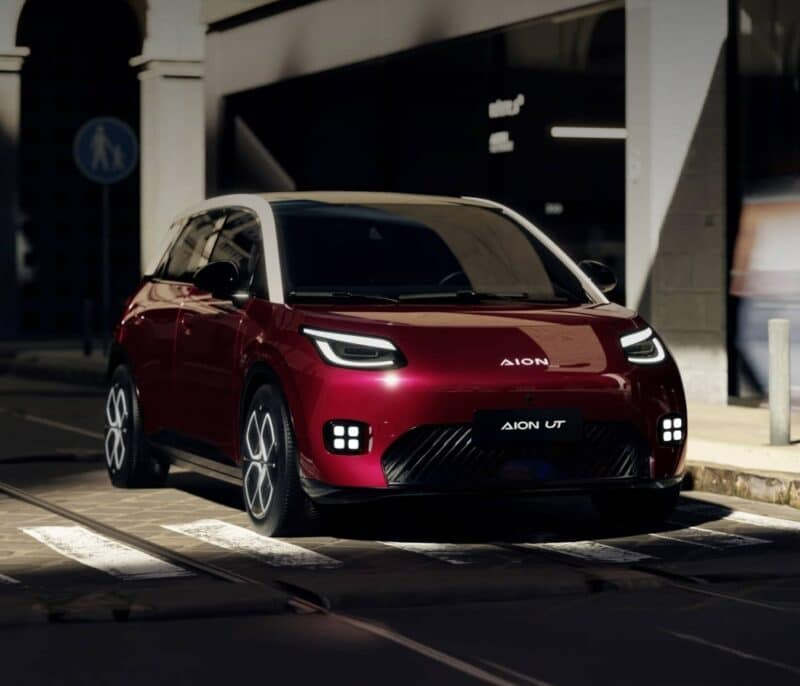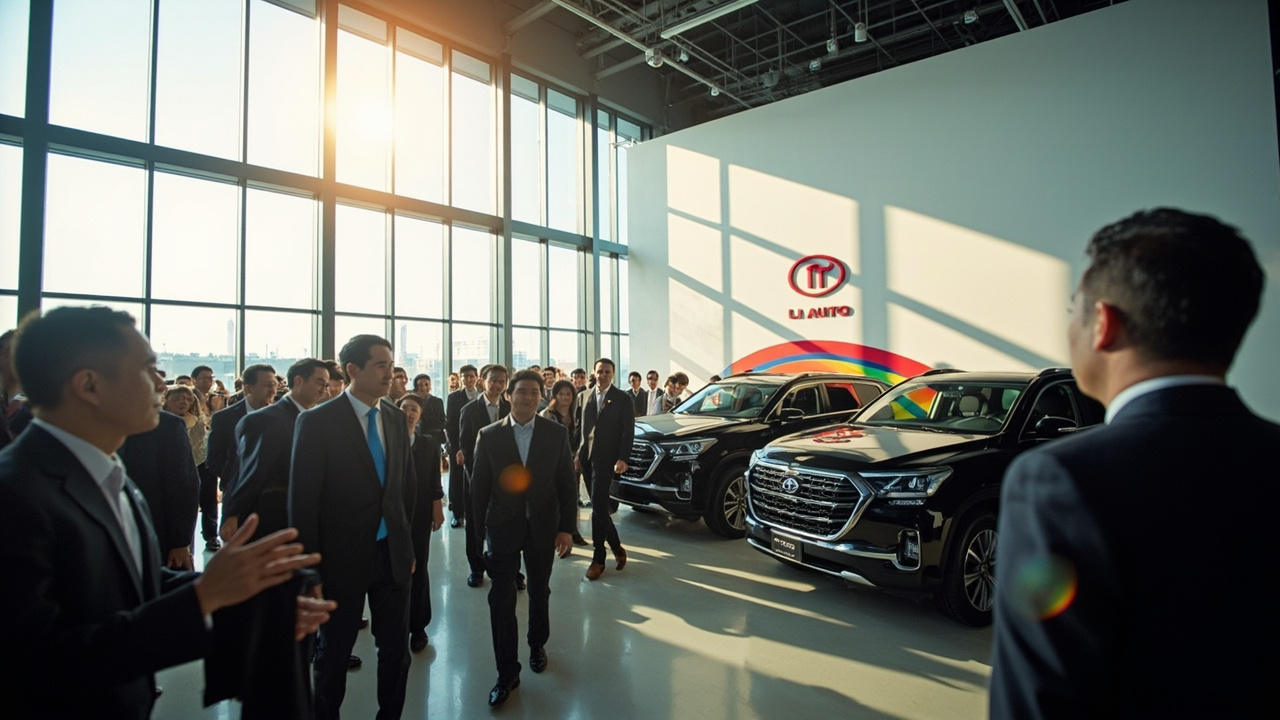Ferrari to Launch 20 New Models by 2030, Embracing Electric Future
Reports on manufacturing, labor and earnings with clear, practical context. Drives a Tesla Model 3 RWD; family hauler is a Volvo XC60.
In a bold move towards redefining its legacy, Ferrari has unveiled its ambitious plan to launch 20 new models by 2030, including a significant shift towards electric vehicles (EVs). This announcement, made during the company's Capital Markets Day, marks a pivotal moment for the Italian supercar manufacturer as it navigates the evolving automotive landscape.
Ferrari, known for its iconic internal combustion engines and sleek supercars, has set a strategic roadmap that includes a diverse lineup of vehicles over the next five years. The company plans to introduce an average of four models annually from 2026 to 2030. This lineup will encompass a blend of internal combustion engine (ICE), hybrid, and fully electric vehicles, reflecting Ferrari's commitment to innovation and sustainability. By 2030, Ferrari expects its portfolio to consist of 40% ICE models, 40% hybrids, and 20% EVs. This strategic diversification is designed to cater to a broad spectrum of customers, ensuring that each model offers unique characteristics tailored to specific market segments.
The introduction of electric models represents a significant shift for Ferrari, a brand synonymous with high-performance gasoline engines. The company's first electric vehicle, the Elettrica, is set to debut in early 2026, with production commencing shortly thereafter. The Elettrica will be built on a newly developed pure-electric platform, boasting over 1000 horsepower, promising to deliver the performance and driving experience Ferrari enthusiasts expect. This move not only aligns with global trends towards electrification but also positions Ferrari as a leader in the luxury EV market, challenging rivals and capturing a new generation of eco-conscious consumers.
Ferrari's decision to embrace electrification reflects broader shifts in the automotive industry, driven by regulatory pressures and shifting consumer preferences. As governments worldwide implement stricter emissions standards and promote sustainable mobility solutions, traditional automakers are compelled to innovate. Ferrari's commitment to electrification is part of a larger strategy to ensure compliance with environmental regulations while maintaining its reputation for engineering excellence and luxury. The company's investment in hybrid and electric technologies underscores its dedication to preserving the brand's heritage while adapting to future demands.
Experts suggest that Ferrari's balanced approach of maintaining a mix of ICE, hybrid, and electric models could prove advantageous. This strategy allows Ferrari to leverage its heritage in ICE vehicles while progressively positioning itself in the burgeoning EV market. By offering a diversified portfolio, Ferrari can cater to traditional enthusiasts who favor the roar of a gasoline engine, as well as attract new clientele drawn to cutting-edge electric technology. The hybrid models serve as a bridge, combining the best of both worlds with reduced emissions and enhanced performance.
Looking ahead, Ferrari's plan could significantly influence the luxury auto sector, encouraging other high-end manufacturers to accelerate their own electrification strategies. As the company prepares to unveil its new models, the automotive world will be watching closely to see how Ferrari balances tradition with innovation. This strategic pivot not only aims to secure Ferrari's competitive edge but also sets a precedent for the integration of sustainability within the luxury performance segment. As Ferrari charts its future, the world anticipates a new era where speed, style, and sustainability coalesce seamlessly.
About Priya Nair
Reports on manufacturing, labor and earnings with clear, practical context. Drives a Tesla Model 3 RWD; family hauler is a Volvo XC60.

